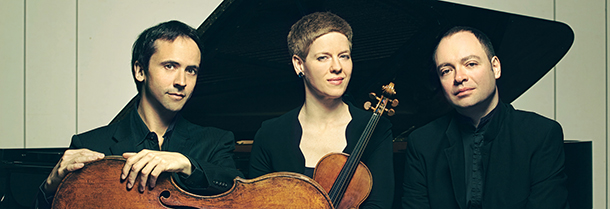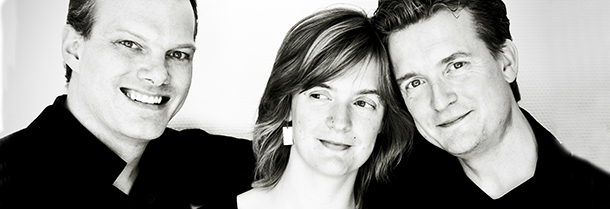Tag: trio
-

PROGRAM NOTES: FAUST QUEYRAS MELNIKOV TRIO
Ludwig van Beethoven Kakadu Variations in G major Op. 121a Beethoven’s Kakadu Variations comprise an introduction and 10 variations on a popular theme from the Viennese stage. It has a compositional history that extends over more than two decades, with a first version of the work likely dating from around 1803. By 1816 Beethoven had had…
-

PROGRAM NOTES: TETZLAFF-TETZLAFF-VOGT TRIO
Wolfgang Amadeus Mozart Piano Trio No. 1 in B-flat Major K 502 The piano trio developed out of the ‘accompanied’ keyboard sonata, a makeshift compositional genre that attempted to compensate for the weak ‘tinkly’ tone of the early fortepiano (forerunner of the modern pianoforte) by the addition of a violin to reinforce the singing line…

